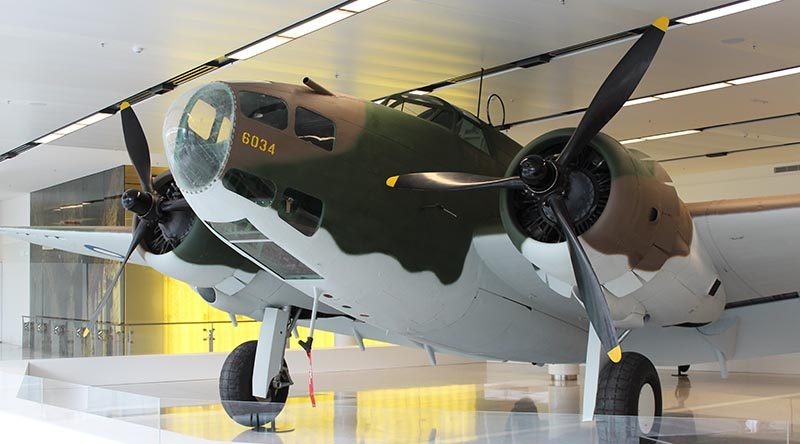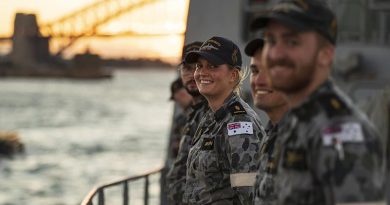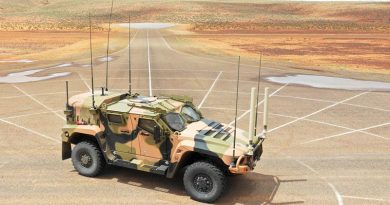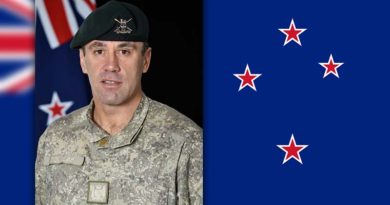Hudson bomber lands at Canberra Airport

A Lockheed Hudson Mark IV Bomber officially landed at Canberra Airport today.
A16-105, a true piece of Australian aviation history, painstakingly restored by conservators at the Australian War Memorial, was unveiled for display at Canberra Airport from today for the next two years.
The project to display the Lockheed Hudson Mark IV Bomber A16-105 was made possible by collaboration between the Australian War Memorial, Canberra Airport and the Virgin Australia Group.
Director of the Australian War Memorial Dr Brendan Nelson said he was proud to work with the Memorial’s partners to display this important piece of Australia’s military and aviation history.
“This Hudson bomber and the brave young men who flew it during the dark days of the Second World War defended our nation’s freedoms and vital interests. The aircraft then played its part in expanding commercial aviation in the post-war era,” Dr Nelson said.
“Canberra’s world-class airport is the gateway to our nation’s capital. The Hudson, faithfully restored and positioned alongside the Virgin Australia check-in counters, reminds us of those who came before us and that Canberra is home to Australia’s number one landmark – the Australian War Memorial.”
Chief Executive Officer of the Virgin Australia Group John Borghetti said the Virgin Australia Group was committed to commemorating the men and women who served in our armed forces.
“We are very proud to support the display of the Hudson aircraft at Canberra Airport, which is a unique opportunity for people travelling to and from our nation’s capital to engage with an important part of Australian history, and remember those who have served.”
Managing Director of Canberra Airport Stephen Byron said the airport had loved extending the Memorial’s stories to its thousands of passengers and visitors.
“Our efforts to promote the Memorial’s work dovetails with our commitment to consistently promote all the wonderful things that our city has to offer,” Mr Byron said.
The Lockheed Hudson was one of the most versatile aircraft used by Allied air forces in the early part of the Second World War. It was the first to see action in the Pacific, when the Japanese attacked Malaya before the raids on Pearl Harbor.
Based on a civilian airliner, A16-105 made its first flight in 1938, modified to include a bomb bay, positions for an operational crew of five, and defensive armament. It arrived in Australia in early December 1941 and was used to train RAAF aircrew.
Between December 1942 and January 1943 it saw operational service in Papua and New Guinea, carrying out supply flights during the Allied advance on Buna, on Papua’s north coast.
After the war, A16-105 was flown as a photographic survey aircraft. It completed its last flight in 1998, and was purchased by the Australian War Memorial in 2001.
The Memorial set about restoring the aircraft to its wartime configuration of December 1942. The project took four years to complete, and involved the fabrication of more than 5800 parts and tools, extensive research on the colour scheme and internal fitout, sourcing of replacement parts and spares through the aviation heritage network, and reconditioning of the airframe.
Lockheed Hudson A16-105 will be on display at the Canberra Airport until the end of 2018..
.
.
.
.
.
.
.

.
.






